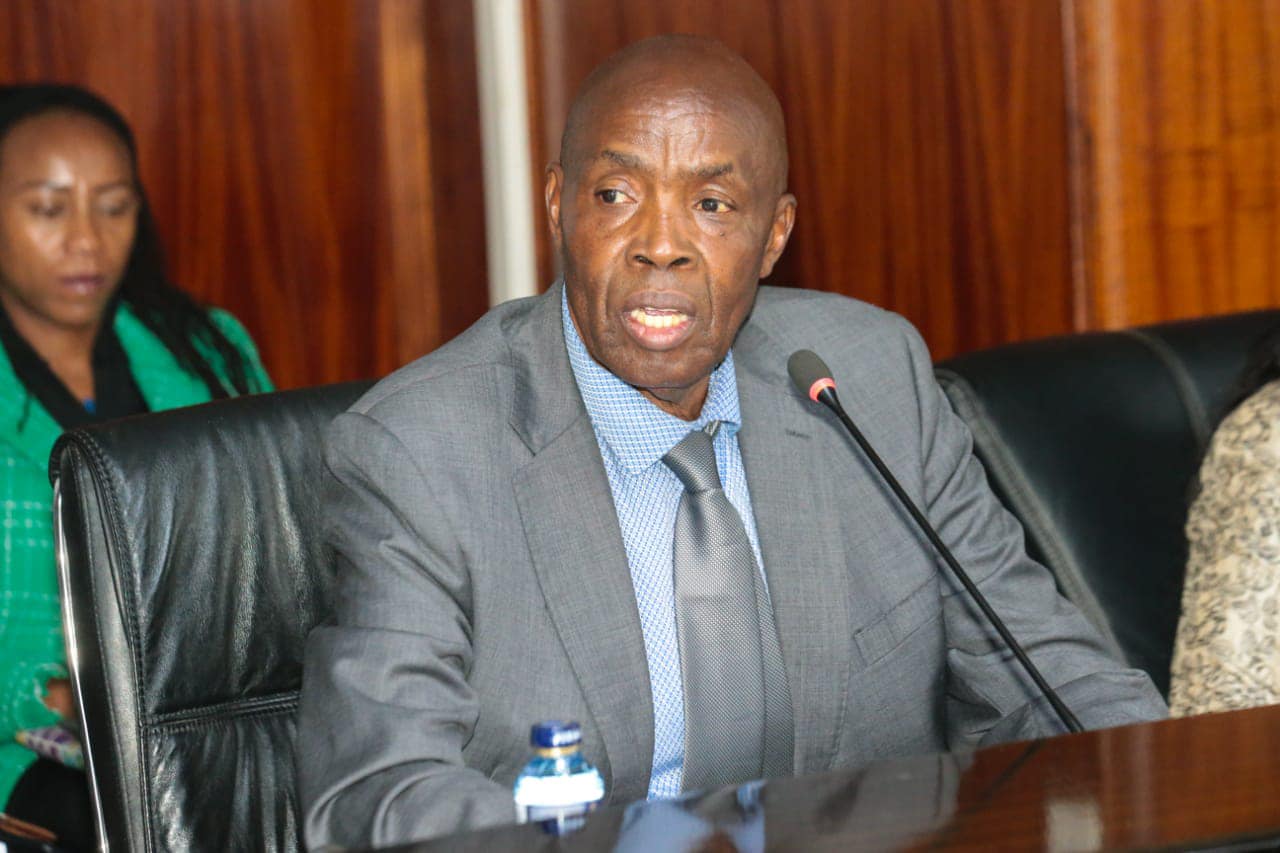The Kenyan government announced Tuesday it will begin disbursing higher education loans to first-year university and technical school students this week under a new funding model.
“The Higher Education Loans Board has finalised the processing of loans for First Year students in universities and TVETs under the New Higher Education Funding Model,” the Ministry of Education said in a statement. “Consequently, the funds will be disbursed to their respective universities and student accounts starting Tuesday.”
The long-awaited loans will provide financial relief for thousands of students who have struggled to pay tuition under recent cuts in public university funding.
“Students are advised to ensure that their bank details, as provided in the application for the loans, are correct and up to date,” the statement said.
The announcement comes after weeks of escalating student protests over delays in disbursement.
On Thursday, tensions boiled over as Machakos University students engaged in running battles with anti-riot police officers demanding action from the Education Ministry.
The angry students lit bonfires along the main road leading to the university, paralyzing traffic from 8:00 am as smoke billowed. Video showed students throwing stones as police lobbed teargas canisters to disperse the crowd.
Earlier in October, a similar scene unfolded after hundreds of Multimedia University students blocked Magadi Road, the main entry into Ongata Rongai Town in Kajiado County, also over funding delays. Traffic was at a standstill for hours before police intervened.
Under the new funding model, learners are grouped into four categories under which they are funded which considers whether they are either vulnerable, extremely needy, needy or less needy.
The vulnerable in universities are set to receive 100 percent scholarship with the government scholarship standing at 82 percent while the loan takes 18 percent.
The extremely needy students will receive 70 percent of government scholarships while the loans will contribute to 30 percent of the tuition fee.
The needy and less needy will receive 93 percent of government scholarships with 7 percent being household contributions in meeting the fees requirement.
















